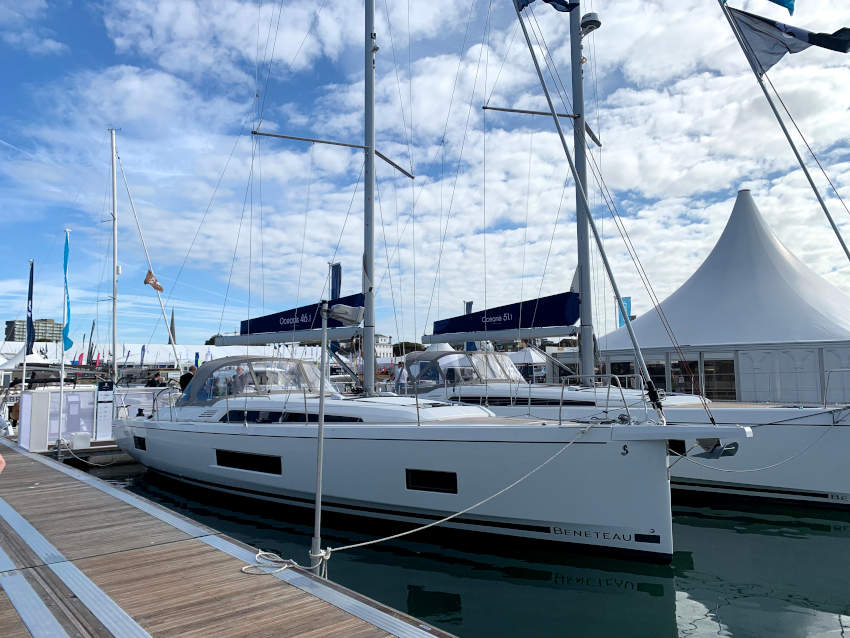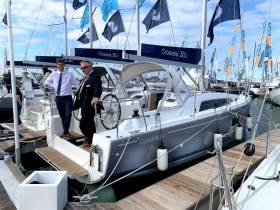Displaying items by tag: Oceanis 461
Beneteau’s Oceanis Range Stars For BJ Marine At Southampton Boat Show
Irish Beneteau dealers BJ Marine are welcoming their second day at the Southampton International Boat Show having already entertained many serious buyers interested in their latest models — particularly the Oceanis 46.1 and the brand new Oceanis 30.1.
Easy to sail but lively to helm, the Oceanis 30.1 makes a virtue of its small stature — small enough to trail, it opens up a wealth of possibilities for lake and river sailing along with coastal cruises and adventures on the high seas.
It also comes with unbeatable living space for its size, with a near two-metre headspace across its two double cabins, saloon, shower room and galley.
The Oceanis 30.1 is exclusive to BJ Marine and boat show boat is the only available for immediate delivery after the show.
The Oceanis 46.1, meanwhile, boasts all the features one comes to expect of a large cruising yacht — with a rare balance between elegance, usable space and performance.

The stepped hull, retained from the Oceans 51.1, opens up an incredible amount of space inside — with room for eight guests and significant natural light right to the centre of the boat — while maintaining impressive seakeeping performance.
And clever customisable fittings make her easy to sail and comfortable to live in, appealing to a wide range of crews.
BJ Marine are proud to be part of what they describe as a Beneteau “spectacular” at this year’s Southampton International Boat Show, with their team on board throughout the show until next Sunday 22 September.
Contact BJ Marine now to secure your access to the best deals on new Beneteau models, which include the Antares 9 and the UK debuts of the Flyer 10 and ‘smart luxury’ Monte Carlo 52.
James Kirwan +353 877712223
Mike Caplan +44 7979 578238
David Hoctor +353 85 8873445
John Harkness +44 7564 366639
George Hill +44 7815 561554





























































